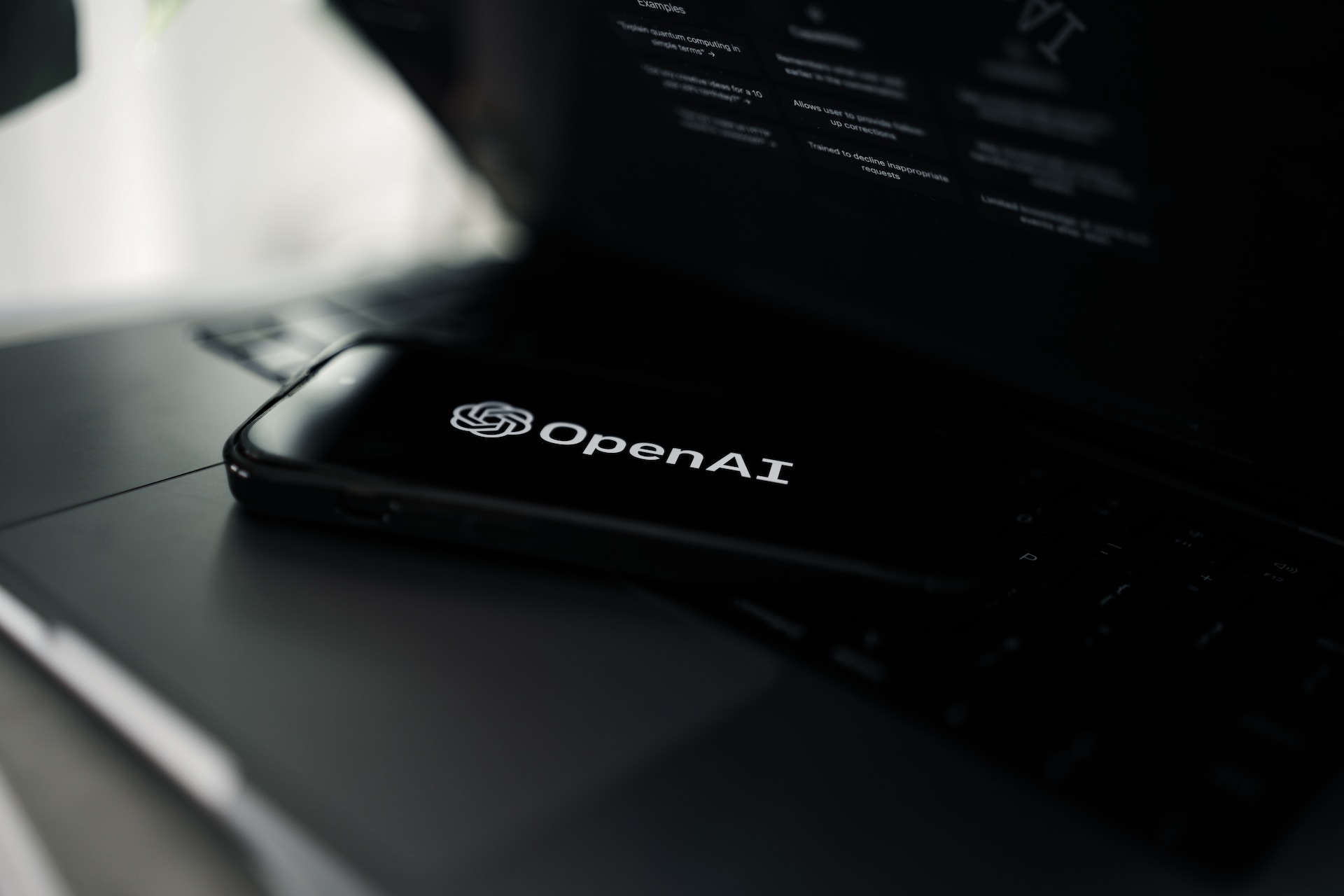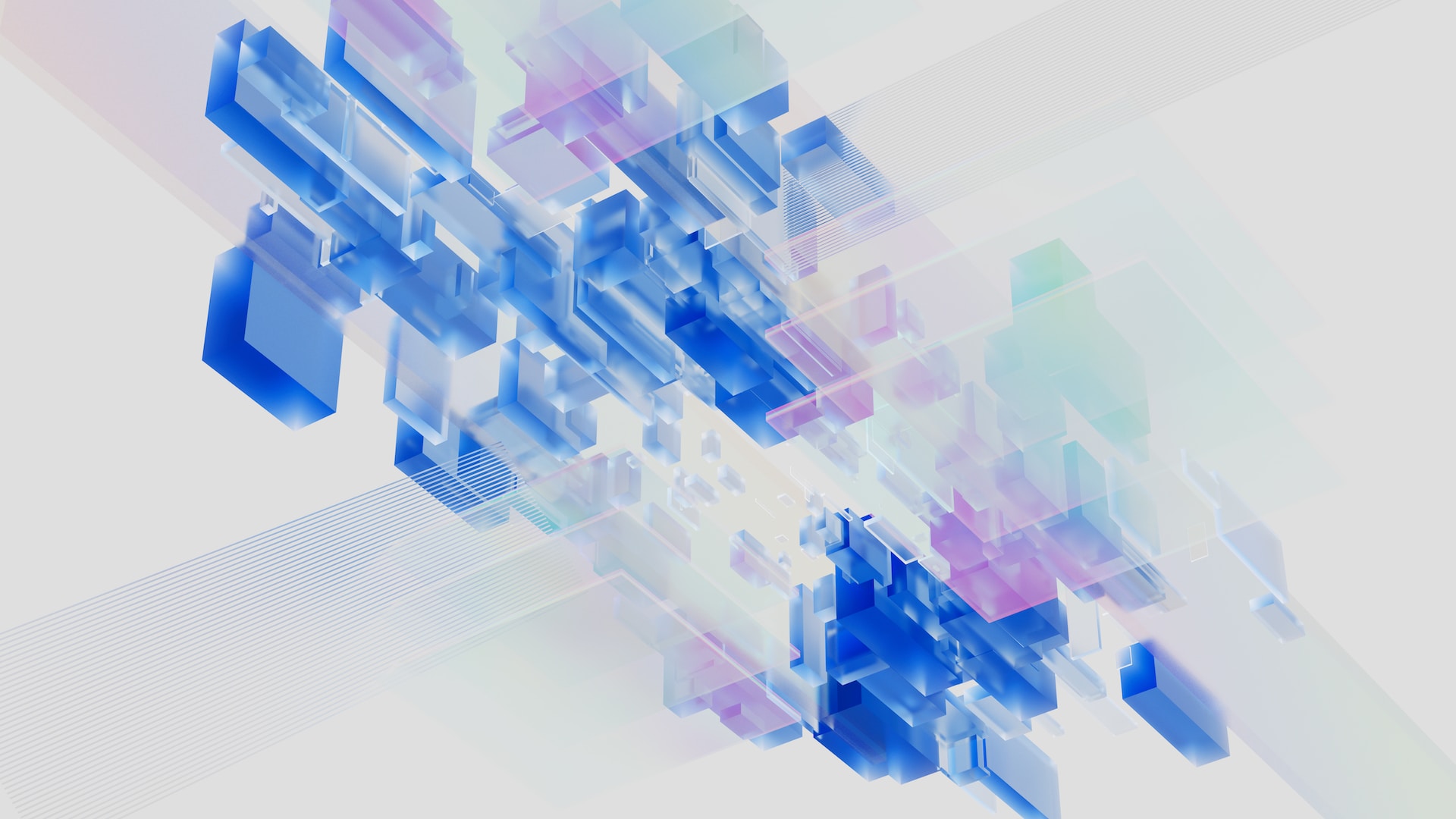Generative AI is a rapidly advancing area of artificial intelligence that has the potential to revolutionize multiple industries. In this article, we’ll be exploring the inner workings of generative AI, some of its popular models, the applications it has found, and its challenges and limitations.
Understanding Generative AI
Generative AI, as the name implies, is an artificial intelligence system that can generate new data. This is unlike discriminative AI, which learns to distinguish between existing classes of data. Generative AI can create entirely new data that has never been seen before, and this makes it an exciting area of research.

Generative AI is a rapidly evolving field, with new breakthroughs happening all the time. Researchers are constantly exploring new ways to create AI systems that can generate more complex and realistic data. This has led to the development of a wide range of generative models, each with its own strengths and weaknesses.
What is Generative AI?
Generative AI involves creating models that can autonomously generate new data. This could be in the form of images, text, audio, or even molecules. The models are trained on a dataset and then use probability distributions to create new data points that closely resemble the training data. These generated samples are then evaluated using a scoring function, which informs the model on whether the generated output is acceptable or not.
One of the most exciting applications of generative AI is in the field of art. Artists are using generative AI to create new and unique pieces of art that would be impossible to create using traditional methods. This is allowing artists to push the boundaries of what is possible in the world of art.
Key Components of Generative AI Systems
Generative AI systems consist of three main components: the generator, the discriminator, and the hyperparameters. The generator creates samples of data, while the discriminator evaluates them based on previously seen data. The hyperparameters are adjustable parameters that define the generator and discriminator architectures and their weights. These three components work together to train the generative AI model to create high-quality data that resembles the training data.
One of the challenges of generative AI is creating models that can generate data that is both diverse and realistic. This is particularly difficult in fields such as natural language processing, where the generated text must be both grammatically correct and semantically meaningful.
Differences Between Generative and Discriminative AI
The key difference between generative and discriminative AI is their output. Generative AI produces entirely new data, while discriminative AI tries to classify already-seen data. Discriminative AI focuses on finding patterns in data and has been widely used in image classification and natural language processing tasks. Generative AI, on the other hand, has found applications in image, text, and audio synthesis.
Despite their differences, both generative and discriminative AI have their own unique strengths and weaknesses. Researchers are continuing to explore new ways to combine the two approaches to create even more powerful AI systems.

Popular Generative AI Models
Artificial Intelligence has revolutionized the way we think about problem-solving, and generative AI is no exception. Generative AI refers to the ability of an algorithm to produce new data that is similar to the data it was trained on. Several models exist that are capable of generative AI tasks, and some of the more popular models are:
Generative Adversarial Networks (GANs)
GANs consist of two deep neural networks — the generator and the discriminator. Both networks are trained simultaneously, with the generator creating new data and the discriminator evaluating the quality of the generated data. The two networks play a minimax game, with the generator trying to fool the discriminator, while the discriminator tries to detect the fake data. This results in a model that generates high-quality data that closely resembles the training data.
GANs have been used in various applications, such as image and video synthesis, data augmentation, and even in generating realistic-looking faces. They have also been used in the gaming industry to create realistic game environments and characters.
Variational Autoencoders (VAEs)
VAEs are deep neural networks that use unsupervised learning to generate new data. Like GANs, VAEs consist of two neural networks — the encoder and the decoder. The encoder learns a compressed representation of the training data, while the decoder uses this compressed representation to generate new data. VAEs are widely used for image and text generation tasks.
VAEs have been used in various applications, such as in generating new images and videos, and in creating new music. They have also been used in medical imaging to generate new images that can aid in the diagnosis of diseases.
Transformer Models
Transformer models are a type of neural network that uses self-attention mechanisms to generate new data. They are widely used in natural language processing tasks and have been shown to generate high-quality text and audio.
Transformer models have been used in various applications, such as in machine translation, text summarization, and even in generating new recipes. They have also been used in the music industry to create new songs and in the gaming industry to create realistic dialogue for game characters.
As the field of Artificial Intelligence continues to evolve, we can expect to see even more advanced generative AI models that can create even more realistic and complex data. The potential applications of these models are endless, and they have the potential to revolutionize the way we think about creativity and problem-solving.
Applications of Generative AI
The applications of generative AI are vast and varied. Some of the more popular ones are:
Art and Design
Generative AI has found applications in art and design. It has been used to create art and music pieces that push the boundaries of human creativity. One example of this is “The Next Rembrandt” project, which used generative AI algorithms to create a new Rembrandt painting in the artist’s style.
Text Generation and Natural Language Processing
Generative AI has also found applications in natural language processing, where it has been used for text generation, paraphrasing, and translation tasks. Models like GPT-2 have shown remarkable progress in generating human-like text.
Music and Audio Synthesis
Generative AI has also been used for music and audio synthesis. This includes creating new musical pieces, generating audio samples, and even creating entirely new musical instruments.
Drug Discovery and Healthcare
Generative AI has been used in drug discovery and healthcare through a technique called de novo drug design. This involves generating new molecules using generative AI models and screening them for drug-like properties. This has the potential to greatly accelerate drug discovery and development.

Challenges and Limitations of Generative AI
While generative AI holds much promise, it also faces several challenges and limitations. Some of these include:
Training Data Requirements
Generative AI models require large amounts of training data, and this can be a limiting factor in many applications. In cases where there is little available data, it may be necessary to use transfer learning techniques or other data augmentation methods.
Ethical Concerns and Misuse
Generative AI also raises ethical concerns around fake news, propaganda, and even deepfake videos. Misusing generative AI technology can have serious consequences, and this calls for more research into safeguards and regulation.
Bias and Fairness
Generative AI models can also be biased if the training data is biased. This can lead to unfair outcomes in healthcare, finance, and other industries. It is critical to ensure that generative AI models are trained on diverse, representative datasets to avoid bias.
Computational Resources
Generative AI models can be computationally expensive to train, and this can pose a significant challenge for researchers. However, advances in hardware and software have greatly improved the efficiency of generative AI models.
Final Thoughts
Generative AI is an exciting area of research with vast potential. Its ability to create new data has practical applications in industries as diverse as healthcare, art, and music. While there are challenges and limitations, the possibilities of generative AI are immense and warrant great interest and investment in the field







